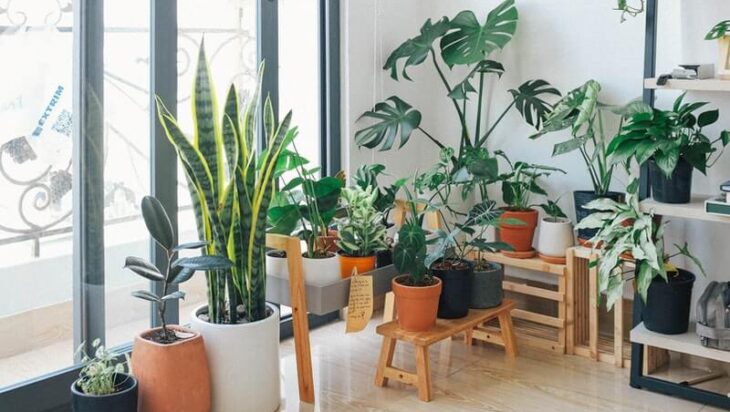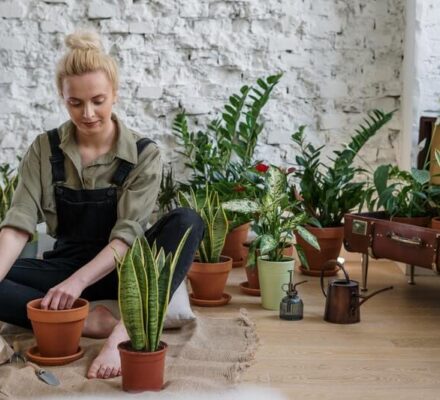After all, there’s not anything better than to be directed in its course. Even the internet, gardening clubs, magazines, books and the regional nursery could be valuable resources for additional information on gardening tips. Of all of the information that you want to start the main is the amount of sun it receives from the storyline, fertilizer, fertilizer and soil kind of storyline did. No additional information you want. By way of instance, what are the resources you want? Which kind of cane and irrigation methods must be accommodated into your backyard?
Hint #1: Eliminate the paper and begin planning your backyard since it is going to save you time will be huge. Have a buddy help you with guidance is a great idea and the distance before getting the brainstorming began. You have to make sure your overall look and figure out the space between the pipe. Additionally, if sprinklers are needed. This builds upon the things you may think.
Gardening Tip #2: Make sure that you prepare the soil properly. This variable can come between you and your achievement in your backyard. 1 important thing to think about is that all plants can’t grow well in precisely the same soil type. Their needs change. The use of organic fertilizers if you would like to maintain the natural taste of food when growing herbs and vegetables. Consider replacing the normal fertilizer with great compost or mulch of wood chips.
Check out Youth Parent Support Natural to learn more about home and gardening.
An individual may feel that something with a pile of the farmyard of impossibility, but it’s worth its weight in gold once it starts to offer the merchandise. Though the Home Brew fresh mulch is a rich supply of nourishment, might not be realistic as you can imagine, in the backyard of vegetables and herbs. If you’re interested in finding an alternate to blend homemade compost, mulch is your option but be sure softwood like pine or redwood, since these forests break quicker. Make sure to combine the components and if you would rather use compost, mulch or compost.
Gardening Tip #3: When the soil is prepared, rather than fostering plants, simply put at the cap of the planet, to take one final look at what could become your backyard if you would like to make adjustments last minute. I believe that the ideal alternative would be to plant, together with all plants which possess the same individuality. By way of instance, a plant with a broad circle ought to be beaten with different crops with similar traits. Plant the tallest plants at the trunk with the front. This permits you to have an entire vision.
Gardening Tip #4: Recall your own water garden, this is vital. If your property is quite big, the job afterwards watering a garden can be extremely difficult. I suggest using an automated irrigation system, then the backyard can grow by itself. An automated system may vary from a big sprinkler into a timer attached to a hose. The backyard may be among the most rewarding adventures – that offers colour, beauty and at times food!
If you feel that first solid bite in the breeze and you find the songbirds winging their way south, and the trees are bursting with fire-laden colours, you know you can not be spending the weekend curled up by the fireplace with a fantastic book. Not for the long term.
While the weather remains gardener-friendly, you need to reevaluate your”to-do” lists to the arrival of late autumn and early winter. Now’s the time to strike your yard and garden by planting your spring bulbs, purchasing and keeping your shrubs and trees, doing your late fall lawn maintenance, utilizing common-sense watering methods, creating a compost bin and creating your own compost, controlling the numerous common garden pests, and winning in the weed-whacking war before the abrupt onset of this erratic, chilly and all-enveloping winter season.
Planting Your Perennials
Plant the spring-flowering bulbs before the ground becomes frozen, and prepare your tender but stubborn perennials for the forthcoming seasonal fluctuations. Bear in mind that in warmer climates, bulbs may nevertheless be separated and transplanted. Plant hardy bulbs anytime until the soil warms, but it is ideal to plant them early enough so that the root systems may grow until winter arrives. In certain ponds, it is possible to plant until Thanksgiving or even Christmas. Late-planted bulbs create roots in the spring and might bloom late. But they will arrive on time next year.
Make sure you place the bulbs in their appropriate thickness. They need to be implanted so their bottoms break in a thickness two-and-a-half times every bulb’s diameter. In well-drained or sandy soil, plant an inch or two deeper to boost lifestyle and discourage rodents.
Selecting Your Trees and Shrubs
October is a fantastic time to search for shrubs and trees in the nursery. They are now showing their finest and brightest colours there. It is possible to plant them and within the upcoming few months, to ensure strong, healthy roots will grow over winter.
You need to carefully plan your landscape to select which trees you want to plant for supplying suitable lawn coverage and also the most exquisite scenery. As soon as a proper tree is bought, planted and selected in the ideal location, it frames your own house and beautifies your property, which makes both more pleasurable. Trees can greatly boost the resale value of land and also save on energy costs.
Visualize your trees in maturity when understanding that some trees create as much width as elevation if given sufficient room to develop. Picture every tree’s size and shape about the total landscape and the dimensions and style of your house. Trees peaking at two feet do best behind or near a one-story house. Taller trees mix with two-story houses and huge lots. Trees under half a foot tall lawsuit roadside places, small lots and enclosed spaces such as patios and decks.
There are two standard varieties of trees you’ll be looking for purchase. Deciduous trees consist of big shade trees that frame regions using a trendy summertime canopy and a vibrant autumn rack of exceptional colours. In winter, their silhouettes offer passage for the sun. These trees can colour a southern exposure from the summer heat, and permit winter sunlight to heat the home. Evergreen trees possess dense green foliage which satisfies them for planting as privacy screens, windbreaks or backdrops for flowering trees and shrubs. But they’re fine enough to stand alone. They don’t shed their leaves, known as needles, and supply year-round shelter and colour. You need to make certain to incorporate a vast array of both types of trees in your landscape to prevent losing them to pests or diseases. Buy disorder – and – pest-resistant trees.




